Roll forming machines are a type of manufacturing machinery used to create custom parts from metal sheets. There are many different types of roll forming machines on the market, each with its own unique features and benefits. Read on to learn more about each type of roll forming machine and how it can help your business!
What is a Roll Forming Machine?
A roll forming machine is a type of industrial machinery that is used to create products by forming sheets or rolls of material. The most common type of roll forming machine is the die-casting machine, which uses high pressure and heat to form metal parts. Other types of roll forming machines include the CNC (computer-controlled) machines, which are more advanced and can produce more intricate designs.
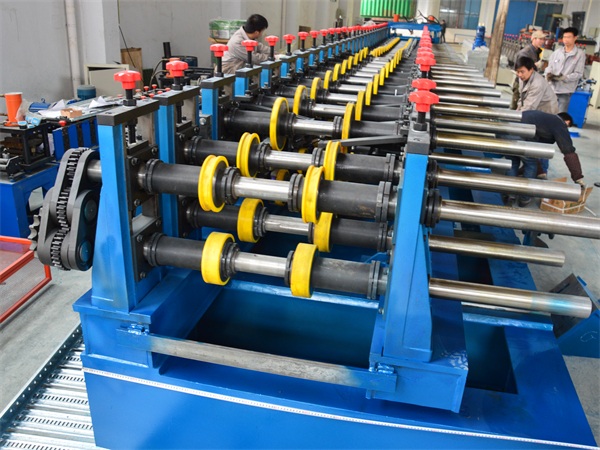
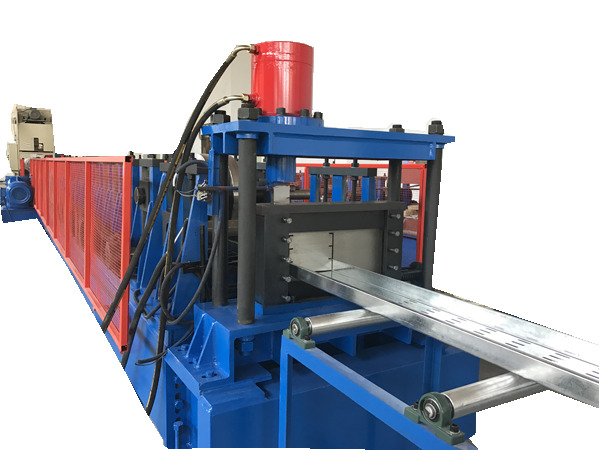
Benefits of Roll Forming Machines
Roll forming machines are used to create various types of products, such as cars, planes and bicycles. The machines use a series of rollers to form the product into a desired shape. There are many different types of roll forming machines, each with its own set of benefits and negative effects.
The main benefit of using a roll forming machine is that it can produce very detailed and precise products. This is thanks to the fact that the machines use a series of small rollers to form the product. Because of this, products created using a roll forming machine tend to be very strong and durable. Additionally, because the machines use small rollers, they are able to create intricate shapes and designs.
-
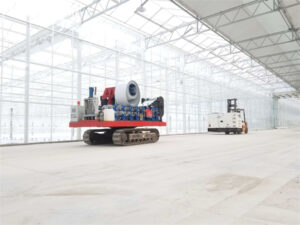 Green modern Agriculture gutter panel roll forming machine with tank chain
Green modern Agriculture gutter panel roll forming machine with tank chain -
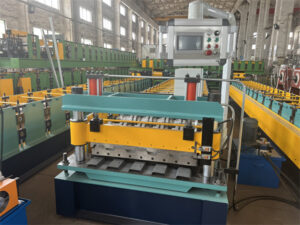 Roll forming machine China for Automatically PPGI Fence Panel
Roll forming machine China for Automatically PPGI Fence Panel -
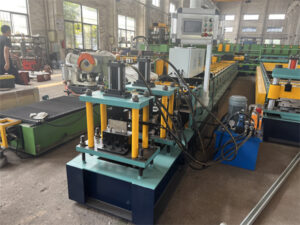 Roll forming machine company for Fence guide Rail
Roll forming machine company for Fence guide Rail -
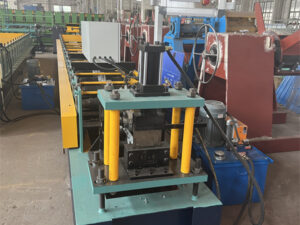 Roll forming machine cost for Fence post guide rail good price
Roll forming machine cost for Fence post guide rail good price -
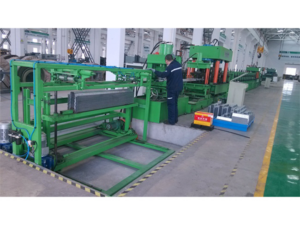 Omega profile roll forming machine price list
Omega profile roll forming machine price list -
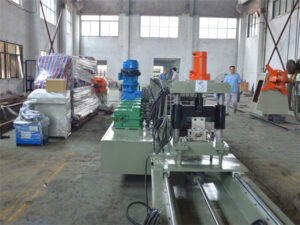 Roll forming machine design Vineyard stakes post Profile
Roll forming machine design Vineyard stakes post Profile -
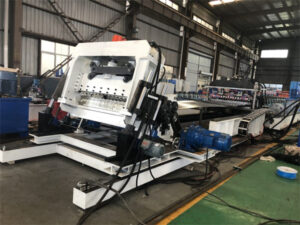 Silo corrugated plate roll forming machine factory
Silo corrugated plate roll forming machine factory -
 High speed Guard Railway Crash barrier roll forming machine
High speed Guard Railway Crash barrier roll forming machine -
 High speed Guard Railway Crash barrier roll forming machine
High speed Guard Railway Crash barrier roll forming machine
What are the Different Types of Roll Forming Machine?
There are a few different types of roll forming machines, each with its own advantages and disadvantages.
The Horizontal Roll Forming Machine is the most common types of roll forming machine, and it’s used to form products that need to be round or cylindrical in shape. The machine has two rolls that move together around a long axis, and the product is pressed against the rolls from all directions. This type of machine is easy to use and can produce high-quality products, but it’s not as versatile as other types of machines.
The Vertical Roll Forming Machine is similar to the horizontal machine, but the product is rolled up instead of down. This type of machine is used to form products that require a certain shape, such as tubes or pipes. The product is placed on one or more movable drums, and then the drums are rotated so that the product touches all sides. This type of machine is more complicated than the horizontal machine, but it produces better-quality products thanks to its ability to create uniform pressure across the surface.
The Vacuum Forming Machine uses air pressure to create objects from plastic or metal sheets. The sheets are divided into small sections and then fed into a large die chamber where they are compressed by vacuum. This type of machine is used to form products that need special shapes, like cars or airplane parts. It’s very versatile and can produce high-quality products quickly, but it requires a lot of space and is difficult to use.
Top 5 Things To Consider When Choosing Roll Forming Machine
When you are considering a roll forming machine, there are a few things to keep in mind. The first and most important factor is the type of material you will be forming. You will need to decide if you want to use a manual or automatic roll forming machine.
Manual machines require the operator to place the material between the rollers and then manually operate the machine to form the product. Automatic machines use sensors to detect when the material has been stretched sufficiently, and then operate the rollers automatically.
The second consideration is how much precision you need in your finished product. If you only need a rough shape, a manual machine may be more suited for you. However, if you want very precise shapes or patterns, an automatic machine may be better.
The third factor to consider is how large your project will be. Automatic machines can produce larger products than manual machines, but they can also take longer to produce them. If your project is small enough that it can be handled by a manual machine, that is probably best option.
The fourth factor is price. Automatic machines tend to be more expensive than manual machines, but they also tend to produce higher-quality products.
The fifth and final consideration is what types of roll forming machine you will need in order to use your new rolling machine. Most automated machines come with all the necessary tooling included, but some people might need additional equipment in order to use them properly.
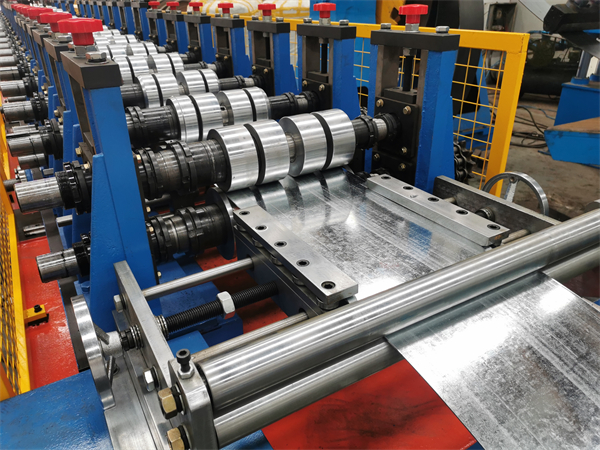
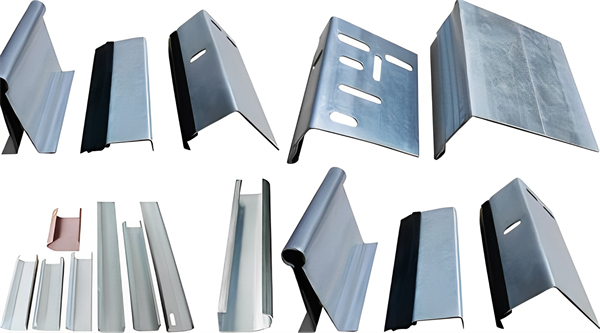
Conclusion
Roll forming machines are a versatile and important tool in the fabricating process. They can be used to produce various types of parts, including custom parts and components for industrial applications. In this article, we have outlined the different types of roll forming machines available on the market today and their respective advantages and disadvantages. Hopefully this information will help you make an informed decision about what types of roll forming machine are best suited for your needs.
